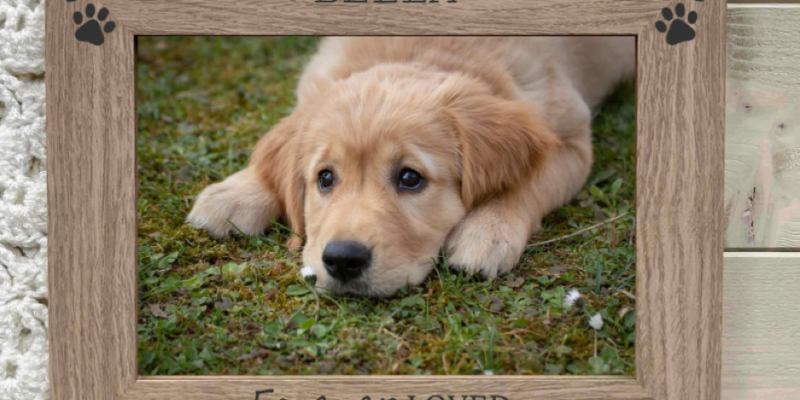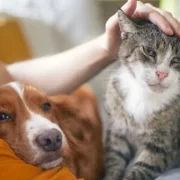When a pet dies, people often expect the grief to be simple, a smaller loss compared to human death. But the reality is stranger and deeper than most admit. You don’t just lose fur and pawprints—you lose routine, identity, and even fragments of yourself reflected in them. A dog’s loyalty may have anchored your mornings; a cat’s silent companionship may have been your evening calm. When all that collapses, the silence is brutal. This is why pet remembrance cannot be treated as a sentimental afterthought—it is the act of protecting memory from vanishing into absence.
Why This Grief Stings Differently
Pet grief is peculiar. It’s pure and private, but also invisible to much of society. Take time off work after losing a parent and people nod; do the same for a Labrador and some colleagues will smirk. That dismissal is a second wound. Psychologists call it “disenfranchised grief”—loss that others fail to acknowledge. The problem isn’t the intensity of love, it’s the lack of recognition.
And here lies the power of remembrance. To create rituals, to speak their names aloud, to keep photos visible—these aren’t indulgences. They are quiet protests against the idea that the relationship was minor. They declare: this mattered, profoundly.
Cultural Lessons in Remembering
If you look beyond Western norms, you’ll notice humans have always honoured their animals. Ancient Egyptians mummified cats because they believed a cat’s soul could guide the living. In Japanese Buddhism, temples conduct ceremonies where monks chant for departed pets, granting them safe passage. Even today in parts of Mexico, pets are remembered during Día de los Muertos, their photos placed on altars beside family members.
These practices suggest something important: remembrance is not nostalgia, it is continuity. You don’t “let go” of a bond—you carry it differently. Modern rituals, whether planting a tree or engraving a collar tag into jewellery, are simply newer versions of an old human instinct: to say love doesn’t die with the body.
The Hidden Psychology of Rituals
It may seem trivial to keep a bowl, a blanket, or a squeaky toy after a pet dies. Yet research on grief shows otherwise. These objects become what psychologists call “transitional anchors.” They give form to grief that otherwise leaks everywhere—into irritability, insomnia, even physical pain.
Rituals also help families grieve together instead of apart. Children, in particular, need tangible acts: writing farewell notes, drawing their pets, or planting flowers. These don’t just soothe them in the moment. They become their first lessons in death—that grief can be expressed, not buried. In this way, pet remembrance is not just about healing adults; it is also about shaping how the next generation learns to mourn.
How Community Changes the Experience
Grief is heavier when hidden. This is why communal remembrance is powerful. Pet memorial services, still rare but growing, act like funerals—giving owners the right to say goodbye publicly. To stand in a room and hear others speak of their losses validates what so many feel privately: you are not “too attached,” you are human.
Online communities have unexpectedly become sanctuaries too. A stranger leaving a kind comment under a photo of your cat can feel oddly profound. Why? Because validation matters more than the source. In an age where isolation is common, finding empathy—even digitally—turns grief from silence into connection.
Symbols That Carry On
Some people transform grief into something visible. Ashes pressed into glass beads. Paw prints moulded in clay. Tattoos inked over hearts. These are not gimmicks; they are attempts to keep presence tangible when memory begins to blur.
One family I spoke to had their dog’s collar turned into a wind chime. Each time it rang, they said, it felt like he was running through the garden again. That is the essence of symbols—they don’t replace what’s gone, but they trick the senses into remembering vividly. They ensure love remains textured, not abstract.
What Remembrance Teaches Beyond Loss
If you examine carefully, remembrance teaches more about life than about death. Pets embody a kind of loyalty and patience that people rarely sustain. Remembering them forces us to ask: why don’t we live with that same honesty? Why do we complicate relationships that could be simpler, kinder?
And then there’s time. Pets age quickly; their lives compress lessons into shorter arcs. To remember them is to recognise impermanence, and to carry that lesson into how we treat those still here—animal or human. Pet remembrance is, in that sense, a school of empathy.
Conclusion:
The grief doesn’t vanish; it shifts. Some days it dulls, other days it stabs fresh. But remembrance steadies the rhythm. It transforms absence into presence, sorrow into gratitude. Through stories, rituals, and symbols, pets remain companions, just in a different form.
In the end, remembrance is not about refusing to move on—it is about refusing to forget. And perhaps that is the most human act of all: to carry forward a love that has no heartbeat, yet still breathes in memory.












Comments